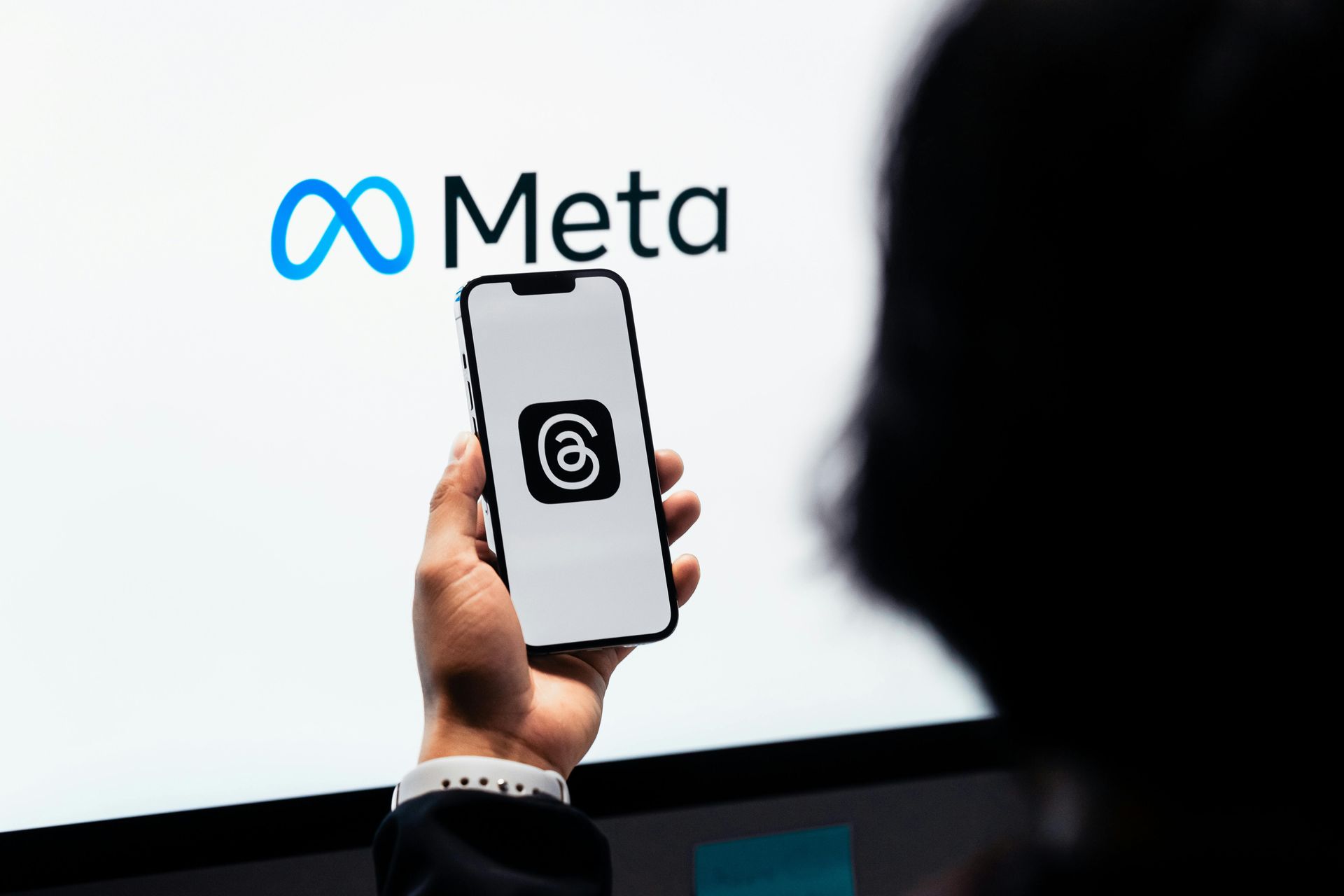
Beyond Sales: Using Google & Meta Ads for Sustainable ROI

When considering the return on investment (ROI) of both Google and Meta ads, it's important to consider the long-term value of a sale, not just the immediate benefit. Nurturing a customer's ongoing value can reap rewards over the long term.
Let's take a look at how this works.
ROI on Google and Meta Ads
ROI is a crucial metric to understand in digital advertising. To accurately measure the effectiveness of your advertising campaign, you must closely monitor conversions.
Google and Meta, in particular, dominate the online advertising landscape by offering strong platforms to digital marketers. Each platform is highly capable of reaching a wide variety of well-defined audiences.
While these can be effective at helping you achieve immediate results, focusing solely on the immediate return from a single sale can be a short-sighted approach. To leverage your ROI to its full potential, you need to consider the long-term value of a customer and not just their immediate value upon making a single sale.
Immediate vs. Long-Term ROI
The immediate ROI is typically what people focus on when evaluating the success of ad campaigns. It is easy to understand as it measures the revenue generated directly from an ad campaign compared to the overall cost of running those ads.
Although this metric is highly useful, it doesn't necessarily capture the complete picture of a customer's actual value over time. That's where long-term ROI comes in. Long-term ROI looks beyond the first sale to understand the ongoing value a customer might bring to the business going forward.
This includes repeat purchases, referrals, and overall brand loyalty. Shifting one's focus from short-term to long-term ROI can help you make more informed decisions about how you spend your ad budget and what strategy will yield the best returns.
Calculating Customer Lifetime Value
Customer lifetime value (CLV) is an important metric for long-term ROI. By understanding this metric, you can predict the total revenue a single customer might generate over their entire relationship with your company.
Naturally, such a calculation is somewhat speculative, but it is important to forecast these figures to better understand the potential impact of long-term ROI.
The formula for customer lifetime value is as follows:
CLV = Average Purchase Value × Average Purchase Frequency × Customer Lifespan
Strategies for Maximising Long-Term Value
You need to consider several strategies to get the most out of Google and Meta ads for long-term customer value.
Many digital marketers use personalized advertising as a key strategy. This involves tailoring ads to meet your audience's specific needs and preferences, which is far easier nowadays thanks to social media and the high degree of data it provides.
This data, when combined with previous interactions, can help you create personalised ad experiences that resonate better with your audience and pinpoint their needs to prompt further activity and engagement with your brand.
Consistent engagement with your brand is another strategy crucial to leveraging long-term customer value. This requires retargeting campaigns, for example, so you can always ensure your brand is always at the top of potential customers' minds.
The key here is to focus on customer retention so you can get the most value out of an ad campaign. It's more cost-effective to retain a customer than to acquire a new one and offering things like loyalty programmes and exclusive discounts can be highly effective when leveraged through Meta and Google Ads campaigns.
Generally, sustainable ROI requires analysis and adjustment of ad campaigns so that you can take advantage of what's working best and decommission what isn't working.






